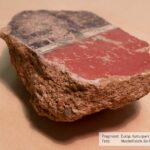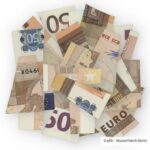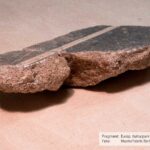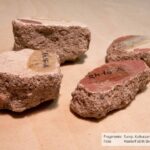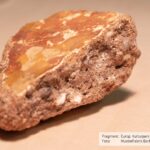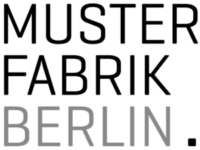
Presentation of new methods of digital reconstruction of destroyed archival materials and exchange with the Director General of Martynas Mažvydas National Library.
At the invitation of Dr. Gabrielė Žaidytė, Advisor to the Prime Minister of Lithuania, Dr. Marc von der Linden (MusterFabrik Berlin) and Dr. Bertram Nickolay (Fraunhofer IPK) visited the Lithuanian Martynas Mažvydas National Library and presented the successful projects for digital reconstruction of destroyed archival materials. The Director General of the National Library, Prof. Dr. Renaldas Gudauskas, presented the current measures for the preservation of cultural heritage at the National Library and other archives in Lithuania.
